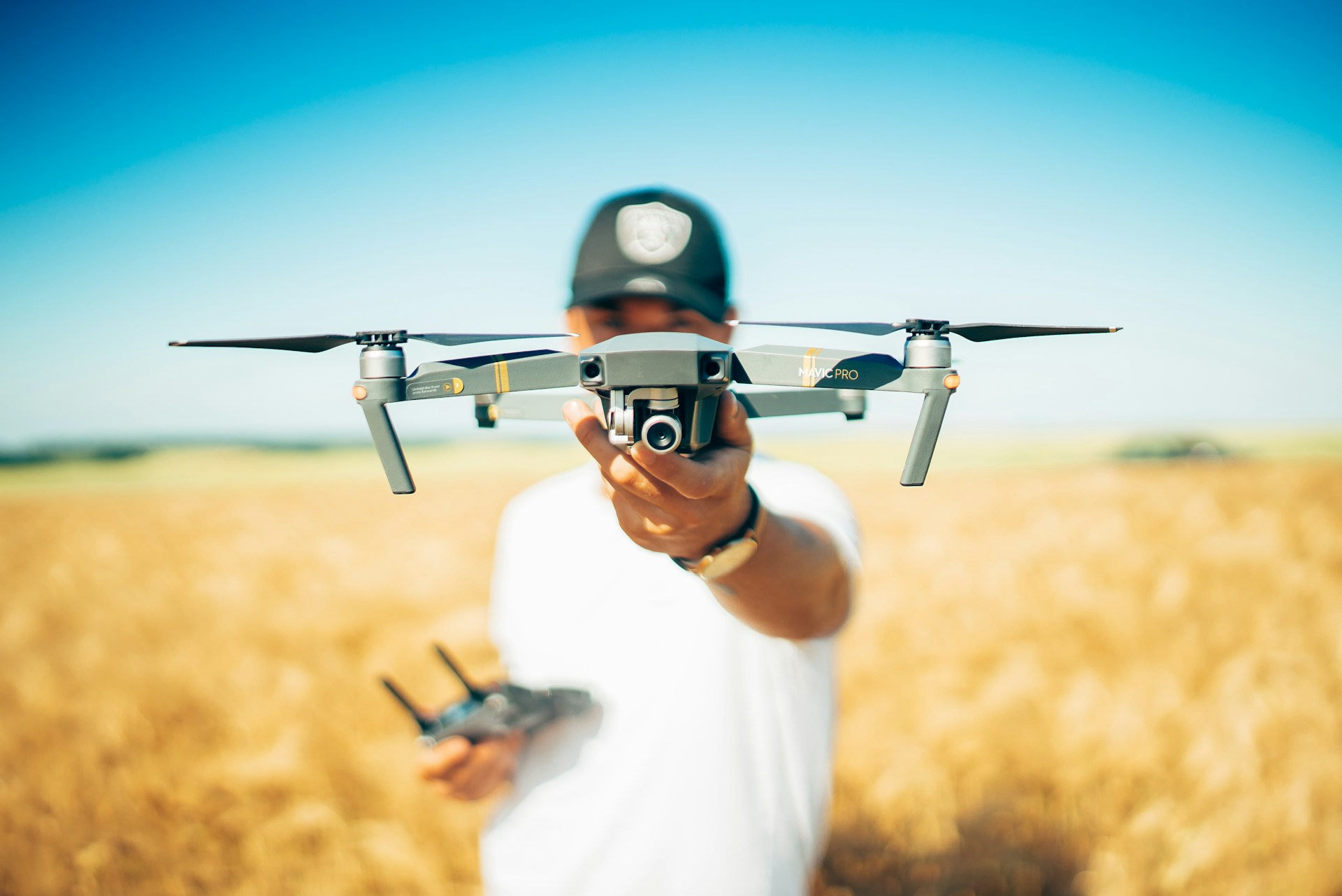
Agricultural Drones: Transforming Modern Farming in the Caribbean
Explore the latest trends in agricultural technology tailored for the Caribbean. Our blog covers groundbreaking innovations, sustainable practices, and expert insights to empower farmers and enhance productivity. Connect with us for more information and resources that support the future of agriculture in the region.
Ezra S. Bartholomew
8/25/2025
In the past decade, agricultural drones have soared from novelty gadgets to one of the most powerful tools in the farmer’s toolkit. Here in the Caribbean—where farms are as diverse as our islands—these unmanned aerial vehicles (UAVs) are helping producers tackle challenges like unpredictable weather, pest outbreaks, and rising input costs.
From capturing high-resolution images of crops to spraying with pinpoint accuracy, drones are ushering in a new era of precision agriculture for the region. Whether you farm a few acres of vegetables in Trinidad or manage a large sugarcane estate in Jamaica, drone technology can offer fresh ways to improve productivity, sustainability, and profitability.
What Exactly Are Agricultural Drones?
Agricultural drones—also called UAVs—are specially designed aircraft equipped with cameras, sensors, and GPS technology. They can be flown manually or programmed to follow precise flight paths, collecting detailed data on crops, soil, and livestock.
In the Caribbean context, where fields can be scattered and sometimes hard to access, drones offer a bird’s-eye view and real-time insights without hours of walking under the hot sun.
How Can Caribbean Farmers Use Drones?
1. Crop Monitoring
Drones can survey fields in minutes, spotting issues like pest damage, nutrient deficiencies, or water stress long before they’re visible to the naked eye. This early detection helps prevent major losses, especially in high-value crops like hot peppers, melons, or cacao.
2. Precision Spraying
Instead of blanketing an entire field with chemicals, drones can spray exactly where it’s needed—saving money and reducing environmental impact. In hilly or swampy areas where tractors can’t reach, drones make spraying faster and safer.
3. Soil and Field Analysis
Drones can map fields, detect uneven terrain, and help plan irrigation or drainage systems. In islands prone to drought, this is a game-changer for managing limited water resources.
4. Irrigation Management
Thermal cameras detect dry spots or overwatered areas, helping farmers fine-tune irrigation schedules and conserve water—critical during dry seasons.
Challenges to Consider
Of course, drones aren’t a magic fix. Farmers must consider:
• Upfront cost – Quality agricultural drones can be a big investment.
• Training – Operating drones and analysing the data requires new skills.
• Regulations – Each Caribbean country has its own drone laws; in some cases, permits are needed.
• Battery life – Larger farms may require multiple batteries or drones.
Getting Started with Agricultural Drones in the Caribbean
1. Identify your needs – Are you mainly monitoring crops, spraying, or mapping?
2. Choose the right drone – Match the drone’s capabilities to your farm size and budget.
3. Get trained – Many suppliers and local agri-tech organisations offer training.
4. Understand the rules – Check your country’s Civil Aviation Authority regulations.
5. Start small – Pilot test on one field before expanding.
The Future of Farming Is in the Sky
Agricultural drones are no longer “future tech”—they’re here, and they’re already helping Caribbean farmers work smarter, not harder. As prices drop and technology improves, drones will become an essential tool, from the hills of St. Vincent to the cane fields of Barbados.
By embracing UAV technology now, farmers can position themselves at the forefront of the region’s agricultural transformation—boosting yields, reducing costs, and ensuring a more sustainable future for Caribbean food production.
Empowering farmers with sustainable agricultural solutions.
Contact
Subscribe for updates
© 2025 agroTT | All rights reserved.
Partners


